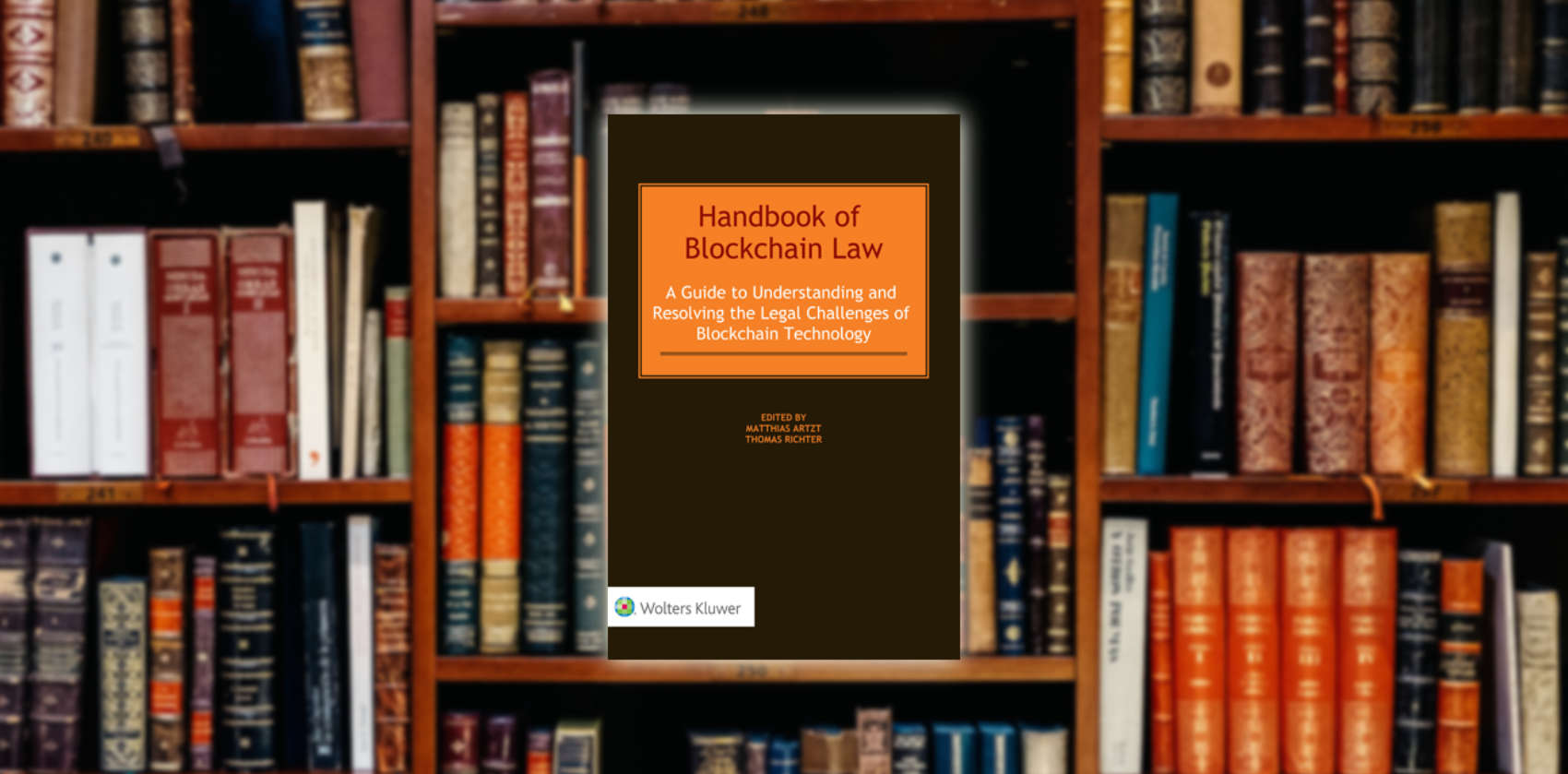Handbook of Blockchain Law
A Guide to Understanding and Resolving the Legal Challenges of Blockchain Technology
When someone says “blockchain”, people usually think “Bitcoin”. Terms like “Satoshi Nakamoto” and “immutable” also come to mind. “Immutable” means “unable to be changed”. In relation to blockchain, this means that once data is written to a blockchain, that data cannot be amended or deleted.
In the preface to this book, the editors say that the “innovative artefacts” of blockchain are essentially decentralisation, pseudonymity/anonymity, immutability/finality, and particularly in the context of smart contracts, automation, and that these characteristics of blockchain are often the root cause of difficult legal questions. Indeed, in my area of work (privacy), immutability and some other features of blockchain are eyebrow raising because for example, a consequence of immutability is that the data controller would be unable to directly correct errors in personal data stored in the blockchain, potentially breaching privacy laws. I wanted to know what this book had to say about that, and if there were so many legal issues concerning blockchain that a 490-page book could be written about them.
The Handbook starts with a 75-page technical chapter on how blockchain works. It includes sections on computer storage and programming, hashes, blockchain functionality, transactions, and tokens. This is useful for people who want to learn the nuts and bolts of blockchain. What I would like to see in the next edition of the book is a plain English summary of each section for people who are time-strapped.
Chapter 2 is titled “Blockchain and Information Security”. It might be a misnomer because the chapter does not really deal with information security in the sense of how one can protect information against unauthorised access, use, disclosure, etc., but discusses the various ways digital assets can be lost (e.g., loss of private keys, stolen keys, third-party exit scams). I liked that this chapter presented real life events as examples, which made it easier to contextualise the ensuing discussions on legal and policy implications. I would only suggest that the next edition supplement the discussion on policy implications with policy approaches around the globe.
Chapter 3 talks about blockchain regulation. And just a couple of pages in, this sentence appeared, making me chuckle: “The blockchain does not exist.” If only it were the very first sentence in the book, I can imagine the double takes that might cause. But actually this sentence describes the truth – there is no object called “the blockchain”. What there actually is, is blockchain technology, which can come in different forms and shapes. The book goes on to discuss the various organisational forms and characteristics of blockchains, how blockchain might be regulated, and the challenges in regulating blockchain.
Policymakers and regulators will be interested in this chapter, as well chapter 5, which occupies about 70 pages discussing privacy issues. (Chapter 4 is on smart contracts within the blockchain environment, contract law issues, and consumer protection.) Whereas the earlier chapters refer much more to US law, chapter 5 discusses privacy in the context of the EU GDPR (General Data Protection Regulation), with a small section at the end on blockchain in US privacy law.
The chapter goes into the definition of personal data in the context of blockchain, who the controllers and processors are, legal basis and consent, security, data minimisation, data subject rights, accountability, and even international data transfers. Regarding the conflict between immutability and the right to rectification in certain privacy laws, the authors seem to take the view that there is no easy solution to the problem.
Chapter 6 discusses the use of tokens as security by using blockchain, and the regulatory approach in 14 countries. Chapter 7 covers intellectual property issues including trademark, designs, and copyright. The book ends with short chapter on antitrust.
On the whole, I think that the Handbook on Blockchain Law usefully points out the myriad of legal issues that arise in the use of the technology, and presents a good introduction to the topic. Because I got lost as to the objective of chapter 6, what I also hope the next edition of the book will contain is an introduction to each chapter, summarising what the chapter aims to cover or discuss, and what conclusions are drawn.
The views and opinions expressed in this article are those of the author and do not necessarily reflect the official policy or position of the author’s employer.






